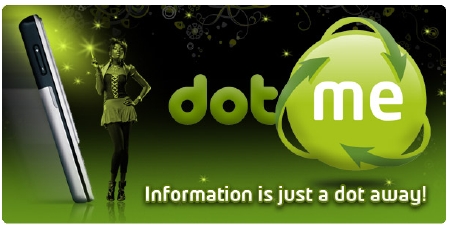Know your SMRA from your CCA
With France having opened its 4G spectrum auction, and wrangling still ongoing over UK spectrum allocations, I thought it might be worth a short post looking at how these auctions will work, and whether the processes followed might have an impact on the results.
When Ofcom announced it was following the Combinatorial Clock Auction (France is also using a Combinatorial auction, by the way), I noticed a bit of chortling around and about as not many people seemed to know what it was, and it sounds ridiculously complex. So I spoke to Graham Friend of Coleago Consulting, who walked me through the basics of spectrum auction processes, and cast light on exactly what a Combinatorial Clock Auction is and what its benefits, or otherwise, are.
Historically, the main type of auction of choice was the Simultaneous Multi Round Auction (SMRA). This type of auction is probably the one we’d most easily recognise: multiple lots of spectrum are auctioned, with people bidding on each lot until there is only one bidder remaining. Highest bidder on each lot wins.
The plus side of this type of auction is that it is simple and easy to understand, and the winning bidder knows how much it will have to pay.
On the downside, there are some risks to bidders. Principally these arise when bidders are seeking combinations of lots – either of spectrum blocks or of geographies. An operator might only want spectrum A if it can also have spectrum B. So it bids on both lots, but only wins one of them. It is then left with Spectrum B, a block of spectrum that is now effectively useless to him as it only had value to him in alliance with Block A. For instance, if the blocks were geographical, a bidder might want a major city and a satellite town. It wins the city but not the town, and is effectively left with a useless lump of spectrum. Or it could be that the spectrum is divided into chunks, and an operator wants some sub 1GHz spectrum for coverage, but also has its eye on 2.6GHz spectrum to allow it to infill high capacity urban cells. If an operator wins only the 2.6GHz spectrum, he is then left with a very expensive network model to achieve any kind of wide area coverage.
(There are things that can be done to mitigate these risks within a SMRA auction – SMRA Augmented Switching, for example, allows bidders to go after contiguous blocks of spectrum and to switch active bids between lots as the auction progresses. This process has been used in some recent Scandinavian auctions.)
So the second main type of auction, the Combinatorial Clock Auction (CCA), takes account of the aggregation exposure risk of SMRA and allows bidders to bid for combinations of lots with one bid. That way, only if they win the bid do they get the blocks of spectrum they want, and they are not left with standalone spectrum that doesn’t meet its valuation as part of a whole.
As Friend says, “There is no risk of being stranded with one and not the other”.
There is a slight complication in that these auctions often use something called the Second Price Rule, which means that the winning bidder will not pay the amount he bid, but instead he pays the amount the second bidder bid. Although this does lead to a lack of transparency in the final amount a bidder will pay, Friend says it logically leads to no other strategy other than “you can do no better then bid the value you place on the spectrum.”
CCA are designed to eliminate game playing. “The only rational thing to do is to bid the true value of the spectrum,” he says.
Not that Friend is totally convinced of the need for CCA auctions. “My personal view is that the exposure risk of SMRA is overstated in telecoms, and the CCA is unnecessarily complex, and lacks transparency. This is one of the more interesting things about the CCA auction – the amount you pay can be very significantly different from the amount other people pay for similar blocks of spectrum. This is not always regarded as fair and the boards of operators will want to know why you paid more than other operators.”
Friend thinks that whichever type of auction is used will not have much impact on the overall revenues to be taken by the authorities.
“The academic literature is unclear on the revenue generating potential of CCA versus SMRA,’ he adds.
So there we are – a very brief tour round the two main auction processes – with thanks to and comment from Graham Friend of Coleago Consulting. Bear in mind that the next time you hear someone shaking their head at this ridiculous thing called a “Combinatorial Clock Auction”, you can tell them about SMRA Advanced Switching instead.



